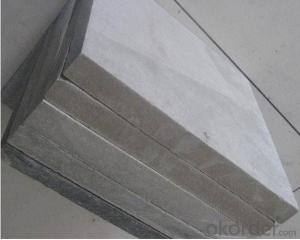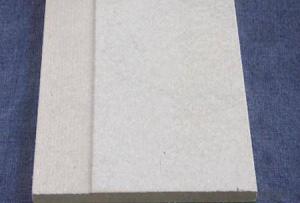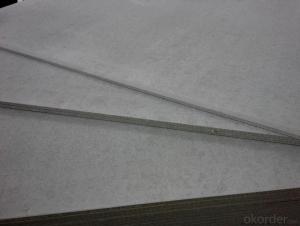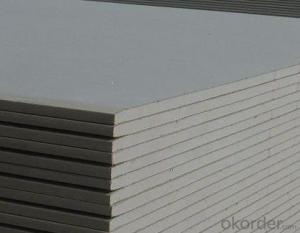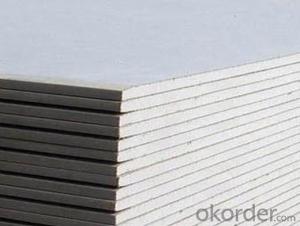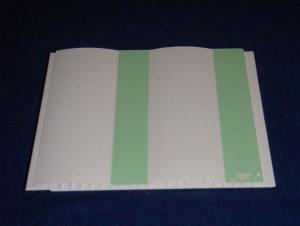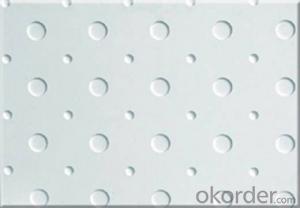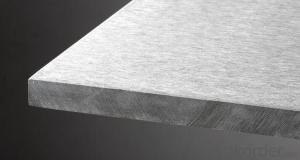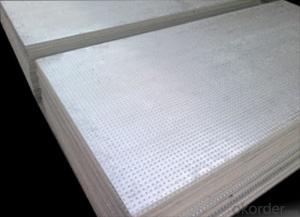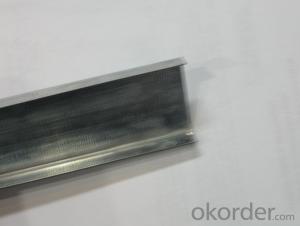Geogrid Fabric Retaining Wall
Geogrid Fabric Retaining Wall Related Searches
Best Stainless Steel For Knives Primer For Galvanized Steel H S Code For Stainless Steel Wd 40 For Stainless Steel Spray Paint For Stainless Steel Glue For Stainless Steel Stainless Steel For Bbq Step Bit For Stainless Steel Sponge For Stainless Steel Coatings For Stainless SteelHot Searches
Steel Mesh Panels For Sale Price For Stainless Steel Scrap Scrap Price For Stainless Steel Price For Stainless Steel Stainless Steel Tank For Sale Cheap High Tea Sets For Sale Stainless Steel Tanks For Sale Stainless Steel For Sale High Density Fiberboard For Sale Solar Hot Water Collectors For Sale Scaffolding For Sale In Uae Scaffolding For Sale In Ireland Scaffolding For Sale In Houston Type Of Inverter For Solar Price Of Shipping Containers For Sale Types Of Inverter For Solar Stock Price For Aluminum Used Solar Inverter For Sale Portable Led Signs For Sale Used Foam Board Insulation For SaleGeogrid Fabric Retaining Wall Supplier & Manufacturer from China
Okorder.com is a professional Geogrid Fabric Retaining Wall supplier & manufacturer, offers integrated one-stop services including real-time quoting and online cargo tracking. We are funded by CNBM Group, a Fortune 500 enterprise and the largest Geogrid Fabric Retaining Wall firm in China.Hot Products
FAQ
- The typical geogrid roll thickness for specific applications can vary depending on the specific project requirements and site conditions. However, geogrid rolls typically range from 2 to 10 millimeters in thickness for common applications such as soil stabilization, retaining walls, and road construction.
- How thick is the need to lay a layer of Geogrid in the new highway earthwork backfill? Specific foundation to pave the way to solve
- The road at the interface, and the next day than the Square Street shop
- Yes, geogrids can be used in agricultural applications. They can provide soil stabilization and erosion control, improve load-bearing capacity for heavy equipment, and enhance drainage in agricultural fields. Geogrids can also help prevent soil compaction and improve crop yield by reducing soil erosion and providing a stable growing environment.
- Uniaxial geogrids are designed to provide strength and stability in one primary direction, typically in the longitudinal or horizontal direction. On the other hand, biaxial geogrids are engineered to offer strength and stability in two perpendicular directions, both longitudinally and transversely. This allows biaxial geogrids to distribute loads more evenly and provide greater reinforcement in multiple directions.
- Yes, geogrids can be used in reinforced earth walls. Geogrids are commonly used as reinforcement elements in reinforced earth walls to improve stability and increase load-bearing capacity. They provide tensile strength and distribute loads, preventing soil movement and enhancing the overall performance of the structure.
- Geogrids enhance the stability of landfill slopes by providing reinforcement and preventing soil erosion. They are placed within the slopes to distribute and transfer the weight of the landfill, reducing the stress on the soil. This helps to prevent slope failure and maintain the integrity of the landfill structure. Additionally, geogrids increase the friction between soil particles, improving the overall stability of the slope.
- How much is the horizontal overlap length of the steel plastic geogrid
- The double lap length is 50cm, and the steel nails. Geotextile lap length is 50cm to 1m
- Cyclic loading on geogrid behavior can lead to a reduction in its tensile strength and stiffness over time. This is primarily due to the accumulated damage and deformation caused by repeated loading and unloading cycles. The degradation in geogrid performance can affect its ability to provide reinforcement and stability in various geotechnical applications, such as retaining walls or road pavements. Therefore, careful consideration of cyclic loading effects is necessary when designing and evaluating geogrid installations to ensure their long-term effectiveness and durability.

